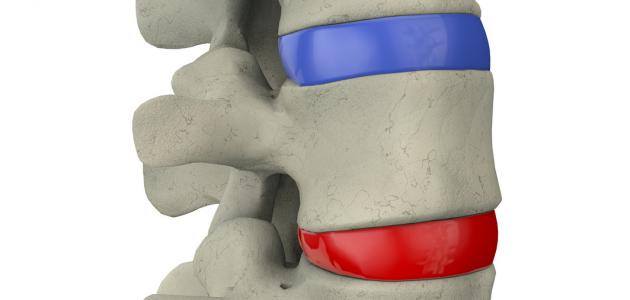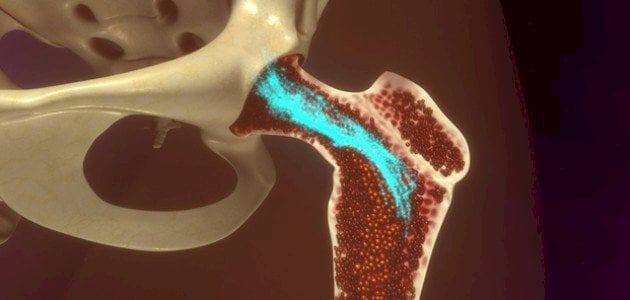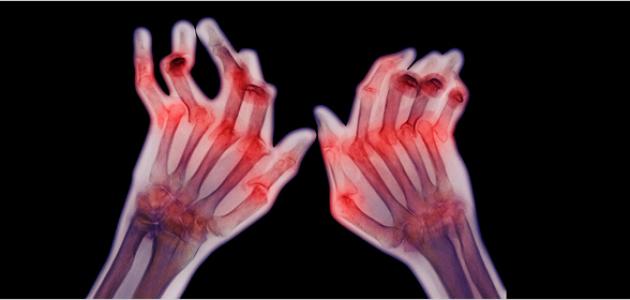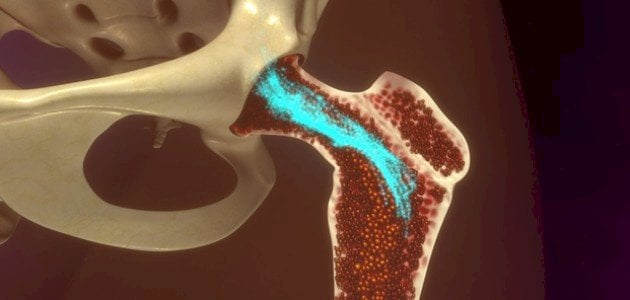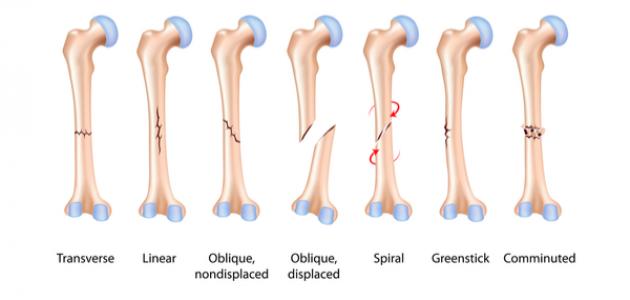bone marrow
Bone marrow is located in the centers of the bones, in the part known as the marrow cavity, and the bone marrow is considered the part responsible for manufacturing blood cells during a process known medically as hematopoiesis (in Latin: Haematopoiesis). It is noteworthy that this process occurs in most bones during childhood, but by the time a person reaches adulthood, its occurrence is concentrated in the flat bones, becoming its occurrence mainly in the bones of the sternum, spine, and ilium. As for the color of the bone marrow; It depends on the occurrence of the process of blood formation in it. In other words, the bone marrow in which blood cells are formed appears in red due to the formation of red blood cells, and in contrast, the bone marrow in which cells are not formed appears in yellow.
As for the process of cell formation; It occurs when the hematopoietic stem cell begins to divide, to produce two cells, one of which remains in the bone marrow to complete its functions, and the second undergoes a series of growth and development processes to become an adult and then to leave the marrow into the bloodstream. Hematopoietic stem cells are characterized by being able able to differentiate into any type of blood cell, and therefore it can be said that hematopoietic stem cells are found in the bone marrow, which is responsible for producing blood cells. On the other hand, there is a type of cell known as mesenchymal stem cells, which is found in the bone marrow, which is not responsible for producing blood cells. Manufacture of blood cells.
Read also:How do I strengthen my bones?
Bone marrow cells
Bone marrow consists of stem cells, as we mentioned above, including hematopoietic and mesenchymal stem cells, and these cells differentiate into other types responsible for performing many important functions. As for the cells into which hematopoietic stem cells differentiate; They are divided into three main types: red blood cells, which are responsible for transporting oxygen to various cells in the body, and white blood cells, which are responsible for confronting various types of infections and diseases. The body, and the third type is platelets (in English: platelets), which are responsible for the formation of blood clots when a person is exposed to a wound in order to stop bleeding, and once these cells reach the bloodstream; It quickly performs its functions perfectly.
As for mesenchymal stem cells, they differentiate into a different group of cells, namely the chondrocyte, the osteoblast, the osteoclast, and the adipocyte. Myocyte, macrophage, endothelial cells, and fibroblast.
Bone marrow diseases
There are many diseases and health problems that can affect the bone marrow, the most important of which can be summarized as follows:
Read also:Diagnosis of rheumatism- Leukemia: Or leukemia, which can be acute or chronic, and is represented by the infection of free blood cells of any type with cancer, and the cells infected with cancer lose their ability to carry out their functions of attacking infection and resisting diseases, as we mentioned above, and with the accumulation of white blood cells, their production is inhibited. In addition to inhibiting the production of red blood cells and platelets.
- Myeloproliferative disease: (in English: Myeloproliferative neoplasm), which is considered a group of health problems that are represented by the excessive production of some types of immature cells or mature cells derived from primitive cells, and the types of these health problems include:
- Chronic myeloid leukemia.
- Polycythemia vera (in Latin: Polycythaemia vera).
- Essential thrombocytosis.
- Myelodysplastic syndrome: Myelodysplastic Syndrome (in English: Myelodysplastic Syndrome), this disease is represented by a defect in the production of bone marrow cells, and the health problems that result from suffering from this disease include: anemia, infection, and frequent bleeding and bruising.
- Anemia: It has many types related to the bone marrow, including aplastic anemia, which occurs as a result of a defect in the stem cells or some damage to the bone marrow. This type of anemia may appear as a result of other factors, such as genetic causes, or exposure to radiation. , or chemicals such as benzene, or as a result of taking some types of medications. Other types of anemia that are related to the bone marrow include: anemia caused by a deficiency of vitamin B12, iron, or folic acid.
Read also:Rheumatoid arthritis
Bone marrow transplant
Bone marrow transplantation is performed by injecting the person concerned with healthy stem cells intravenously. The most important reasons that explain the resort to bone marrow transplantation can be stated as follows:
- Through the process of bone marrow transplantation, damaged or compromised bone marrow can be replaced with a healthy one, in many health conditions, including cases of leukemia, sickle cell anemia, and aplastic anemia.
- Bone marrow transplantation can rejuvenate the body's immune system to enable it to get rid of cancer cells that chemotherapy or radiation therapy could not get rid of.
- Through this process, the bone marrow can be restored to its normal state after it has been exposed to radiation or chemotherapy given if the person has cancer.
- Transplanting genetically healthy bone marrow can prevent the progression of some genetic diseases and prevent them from causing further damage, including: Hurler syndrome and adrenoleukodystrophy.
